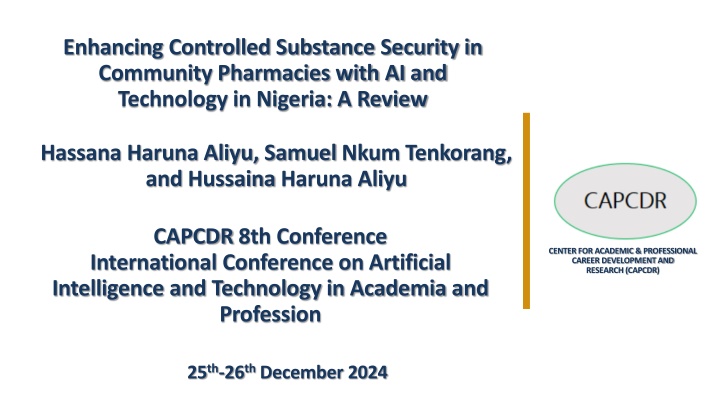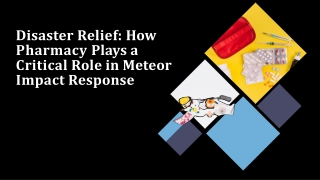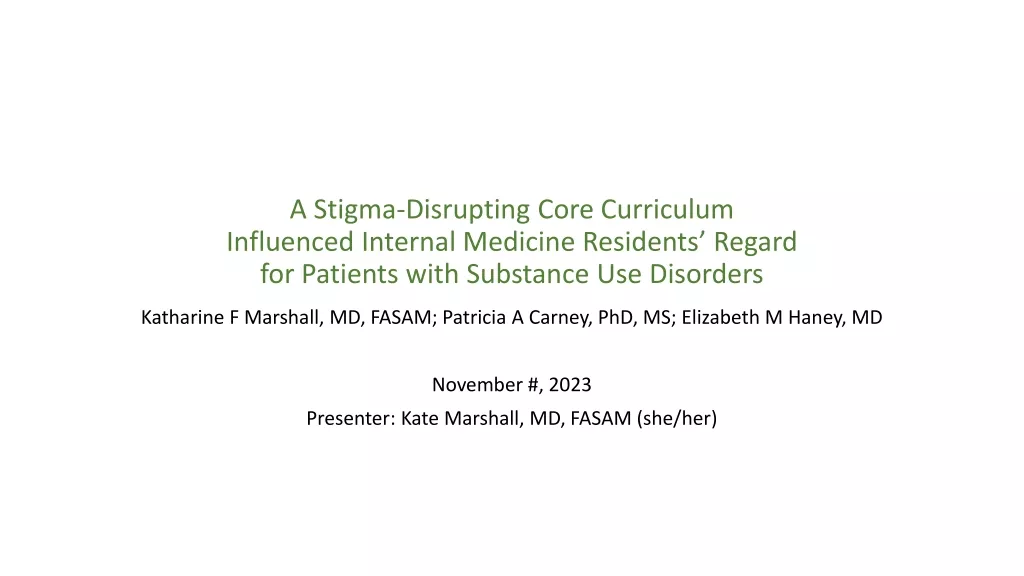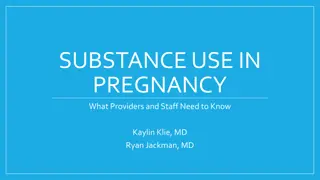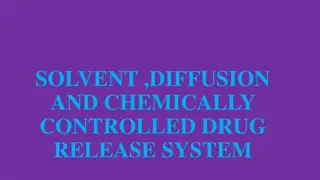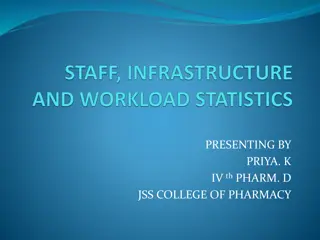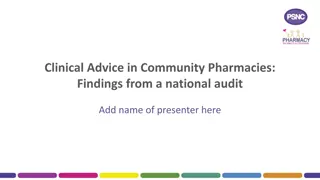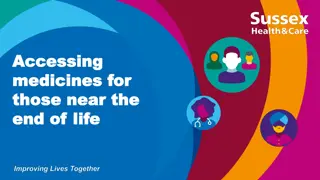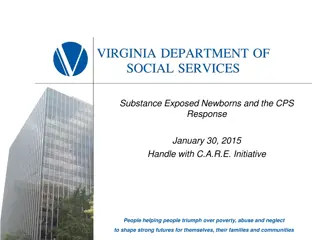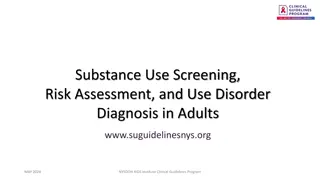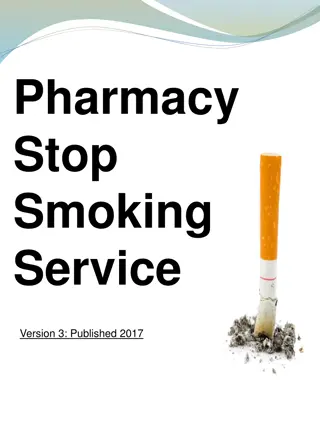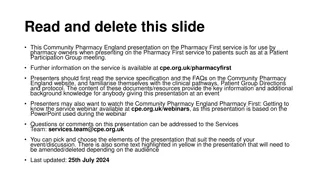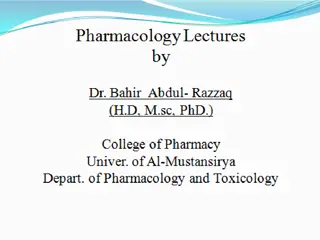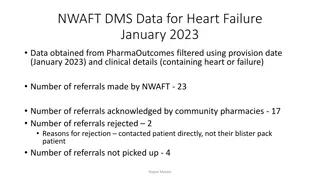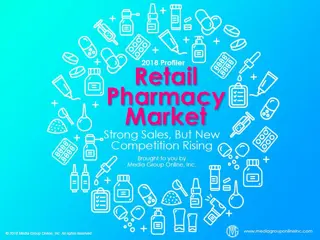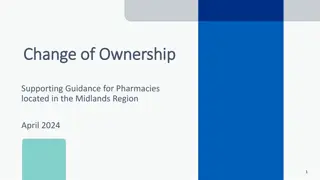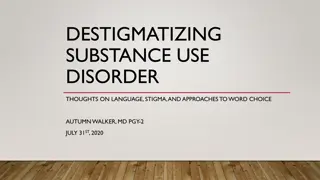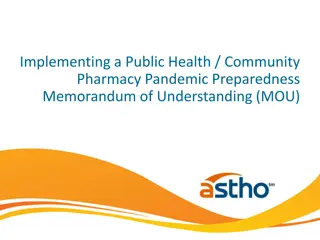Enhancing Controlled Substance Security in Community Pharmacies with AI and Technology
Unauthorized drug diversion poses a significant threat to public health and pharmacy integrity in Nigeria. This review explores the impact of drug diversion, challenges faced, and the role of AI, blockchain, and IoT technologies in improving pharmacy security. Discover the potential of integrated security measures and innovative solutions to safeguard controlled substances effectively.
Download Presentation

Please find below an Image/Link to download the presentation.
The content on the website is provided AS IS for your information and personal use only. It may not be sold, licensed, or shared on other websites without obtaining consent from the author.If you encounter any issues during the download, it is possible that the publisher has removed the file from their server.
You are allowed to download the files provided on this website for personal or commercial use, subject to the condition that they are used lawfully. All files are the property of their respective owners.
The content on the website is provided AS IS for your information and personal use only. It may not be sold, licensed, or shared on other websites without obtaining consent from the author.
E N D
Presentation Transcript
Enhancing Controlled Substance Security in Community Pharmacies with AI and Technology in Nigeria: A Review Hassana Haruna Aliyu, Samuel Nkum Tenkorang, and Hussaina Haruna Aliyu CAPCDR 8th Conference International Conference on Artificial Intelligence and Technology in Academia and Profession CENTER FOR ACADEMIC & PROFESSIONAL CAREER DEVELOPMENT AND RESEARCH (CAPCDR) 25th-26th December 2024
PRESENTATION OUTLINE 1. Introduction/ Background 2. Drug Diversion and Its Impact 3. Technological Advancements in Pharmacy Security 4. Integration of Multiple Security Measures 5. Overcoming Challenges in Adoption 6. The Future of Controlled Substance Security 7. Conclusion and Recommendation 8. References
INTRODUCTION/ BACKGROUND Drug Diversion: Unauthorized redirection of drugs into illegal markets (Zuleka et al., 2023) Pharmacies are prime targets for drug diversion, making it crucial to secure controlled substances to prevent misuse and protect public health (El-Dahiyat et al., 2023). Challenges in Preventing Drug Diversion: Diversion of drugs from legal channels is an ongoing issue, with conventional methods increasingly failing to keep up with evolving tactics. Role of Technology: Advancements in AI, blockchain, and IoT technologies offer promising solutions to enhance security and streamline processes in pharmacies (Amingad et al., 2023).. Figure 1: Drug Diversion, Effects and Technology
DRUG DIVERSION AND ITS IMPACT Drug Diversion: A significant concern for both pharmacies and public health, contributing to addiction, 4 illegal drug markets, and public health crises. Consequences: addiction rates, health risks, and economic costs due to diverted drugs (Knight et al., 2022) . Includes rising Ineffectiveness Security: Conventional methods like manual checks and locked cabinets are becoming less effective as diversion tactics evolve (Zhang et al., 2020) . of Traditional Figure 2: Path of Diverted Drugs and the Need for Advanced Security
TECHNOLOGICAL ADVANCEMENTS IN PHARMACY SECURITY AI (Artificial Intelligence): Uses predictive analytics to identify patterns in employee behavior and drug 5 movements, helping predict and prevent diversion (Knight et al., 2022). Blockchain: Offers tamper-proof tracking of drug movements, ensuring transparency and integrity in the supply chain (Shete et al., 2024). IoT (Internet of Things): Provides real-time monitoring of controlled substances' storage conditions and access, alerting staff to unusual activities or environmental changes (Bhattacharya et al., 2022). Enhanced Security: Together, these technologies offer a more effective, efficient, and transparent approach to security. (Amingad et al., 2023). Figure 3: Flow chart showing the Integration of AI, Blockchain, and IoT to Improve Pharmacy Security
INTEGRATION OF MULTIPLE SECURITY MEASURES Physical Security: Includes locked cabinets, safes, 5 and surveillance cameras that still play a vital role. Automated Systems: management systems, supported by manual audits and staff training, provide additional layers of security (Jasmitha et al., 2023). Automated inventory Blockchain + IoT: Real-time tracking, combined with environmental monitoring, ensures both drug security and compliance with storage conditions. Hybrid Approach: Combining AI, blockchain, IoT with traditional methods like physical locks and safes creates a robust security system. Figure 4: Hybrid Security Approach
OVERCOMING CHALLENGES IN ADOPTION High Initial Costs: The high upfront costs for hardware, software, and staff training can be prohibitive, 5 especially for smaller pharmacies (Rammal et al., 2024). Infrastructure Needs: Pharmacies need reliable internet and technical support to implement and maintain these systems effectively (Hnatenko & Lysenko, 2024). Integration Issues: Many pharmacies rely on legacy systems, which may be incompatible with newer technologies like AI or blockchain (Grothen et al., 2020). Data Privacy & Compliance: Pharmacies must navigate data protection laws to ensure that patient information and drug tracking data are secure (Grothen et al., 2020).
THE FUTURE OF CONTROLLED SUBSTANCE SECURITY Advancements in Technology: AI, blockchain, and IoT will continue to evolve, leading to more 5 sophisticated and reliable security systems. Predictive AI: Systems could evolve to predict security breaches before they happen, based on patterns in data. Blockchain & Smart Contracts: Blockchain could integrate with smart contracts to automate compliance, ensuring that pharmacies automatically adhere to regulations. IoT Technology: IoT will become more advanced, with sensors that provide real-time feedback on drug storage conditions and access.
CONCLUSION AND RECOMMENDATION Summary of Findings: Technology improves pharmacy security significantly, but challenges in cost, 5 integration, and privacy must be addressed. Importance of Adoption: Adopting these technologies is essential for better security, efficiency, and regulatory compliance. Call to Action: Stakeholders pharmacy owners, healthcare regulators must support the integration of these advanced technologies. Future Research Areas: Further studies should focus on the economic impact, system integration, frameworks necessary to support widespread adoption. providers, and and regulatory Figure 5: Collaboration Between Stakeholders to Implement Security Measures
REFERENCES Abraham, J., & Davis, C. (2020). International and temporal comparative analysis of UK and US drug safety regulation in changing political contexts. Social Science and Medicine, 255. https://doi.org/10.1016/j.socscimed.2020.113005 Alikhani, A., & Hamidi, H. R. (2021). Regulating smart contracts: An efficient integration approach. Intelligent Decision Technologies, 15(3), 397 404. https://doi.org/10.3233/IDT-200180 Amingad, S. C., Rahul, M., Sathvik Reddy, P. S., & Gupta, N. S. (2023). Enhancing Public Safety with AI-Powered Intelligent Surveillance: An Examination of Immediate Incident Detection and Rapid Response in Urban Settings. 2023 International Conference on Advances in Computation, Communication and Information Technology, ICAICCIT 2023, 205 210. https://doi.org/10.1109/ICAICCIT60255.2023.10465690 Assen, K., Rieder, M., Wilson, M., & Urbantke, E. (2023). 8 Characterizing Opioid Overdose Deaths in Children (COODC Study). Paediatrics & Child Health, 28(Supplement_1), e3 e4. https://doi.org/10.1093/pch/pxad055.008 Bhattacharya, S., Basak, S., Chakraborty, R., Dey, U., Chowdhury, N., & Hegde, R. (2022). Smart Lock Using IoT. 2022 International Conference on Interdisciplinary Research in Technology and Management, IRTM 2022 - Proceedings. https://doi.org/10.1109/IRTM54583.2022.9791563 Ceballos, M., Ceballos, M., Salazar-Ospina, A., Salazar-Ospina, A., Sabater-Hern ndez, D., & Amariles, P. (2020). Evaluation of the effects of a drug with fiscalized substance dispensation, health education, and pharmacovigilance continuing education program in Colombia drugstores and drugstores/pharmacies: Study protocol of a multicenter, cluster-randomized controll. Trials, 21(1). https://doi.org/10.1186/s13063-020-04481-1 Ching, C., Fuzail, M. A., Zaman, M. H., & Wirtz, V. J. (2023). Compliance of good storage practices of pharmacies and medicine outlets: a scoping review. Journal of Pharmacy Practice and Research, 53(3), 101 109. https://doi.org/10.1002/jppr.1854 Dhapkas, M. P., Chaudhari, K. S., Kumar, A., & Ingle, R. G. (2024). Drug Diversion: Could be a Serious Concern in Global Healthcare System. International Journal of Pharmaceutical Quality Assurance, 15(02), 986 989. https://doi.org/10.25258/ijpqa.15.2.68 El-Dahiyat, F., Jairoun, A. A., Al-Hemyari, S. S., Shahwan, M., Jairoun, M., Zyoud, S. H., Jaber, A. A. S., Faisal Alkhanani, M., Alhasani, R. H., Ashour, A. M., Alshehri, F. S., & Alorfi, N. M. (2023). Community pharmacists' skills and practice regarding dispensing fiscalized substances: a cross-sectional survey. Frontiers in Pharmacology, 14. https://doi.org/10.3389/fphar.2023.1237306
